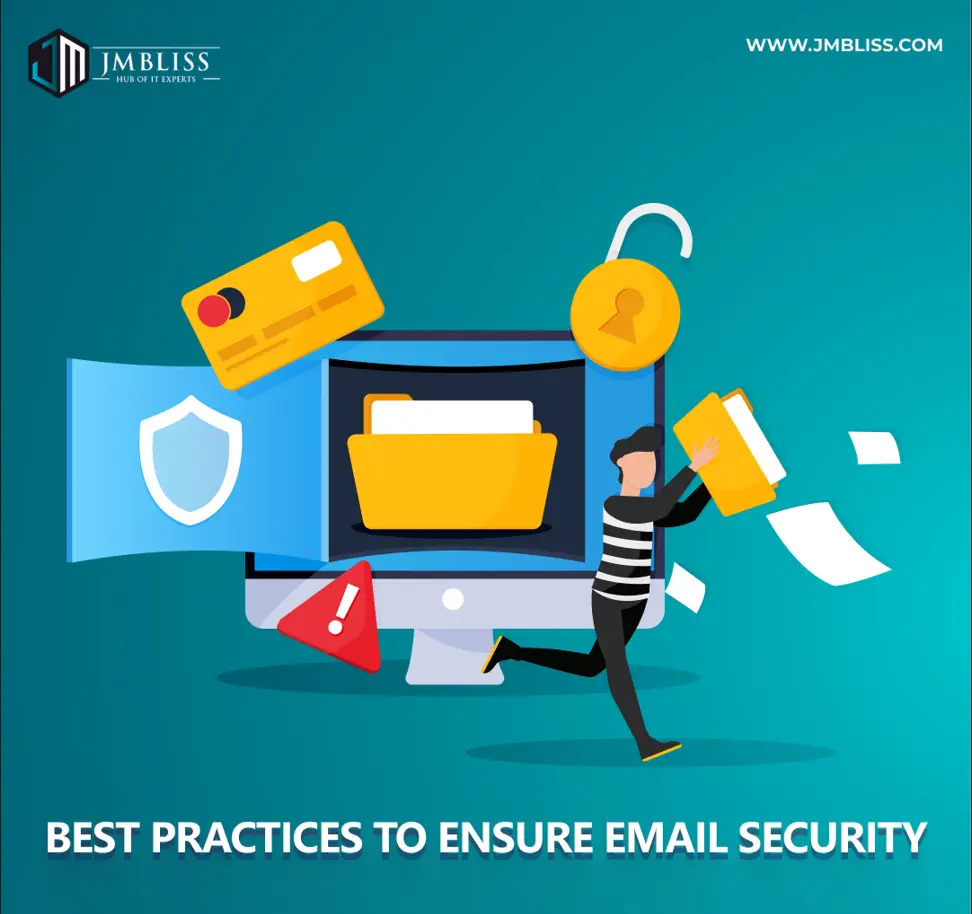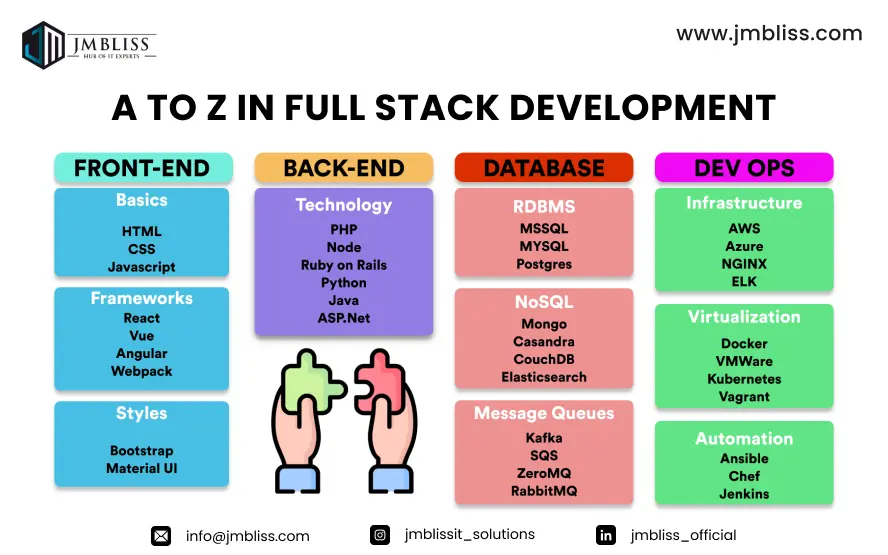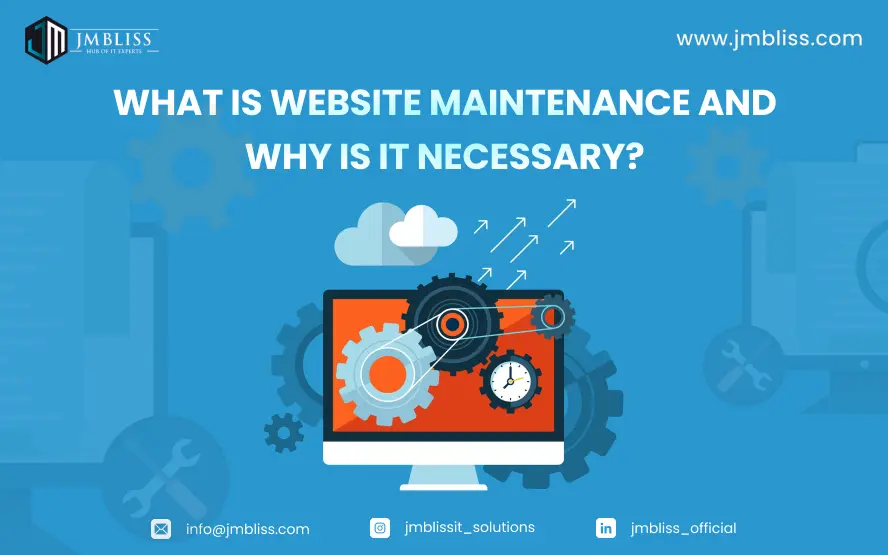
Ensuring email security is crucial to protect your sensitive information and prevent unauthorized access to your email accounts. Here are some best practices to help you enhance email security:
Use Strong, Unique Passwords:
Create strong passwords that include a combination of upper and lower-case letters, numbers, and special characters.
Avoid using easily guessable information like birthdates or common words.
Use a unique password for each email account and other online accounts.
Enable Two-Factor Authentication (2FA):
Enable 2FA wherever possible :
This adds an extra layer of security by requiring you to provide a second piece of information (e.g., a one-time code sent to your phone) in addition to your password.
Regularly Update Passwords:
Change your email passwords periodically, especially if you suspect any security breach.
Avoid using the same password for an extended period.
Beware of Phishing Attempts:
Be cautious when opening email attachments or clicking on links in emails, especially if they come from unknown sources.
Verify the legitimacy of emails requesting sensitive information before responding.
Use a Reputable Email Service Provider:
Choose a reputable email service provider that offers strong security features and regularly updates its software to patch vulnerabilities.
Encrypt Your Emails:
Consider using end-to-end encryption tools like PGP (Pretty Good Privacy) or S/MIME to encrypt your email messages, making it difficult for unauthorized parties to intercept or read them.
Secure Your Devices:
Ensure that the devices you use to access your email are secure. Use strong, updated antivirus and antimalware software.
Keep your operating system, email client, and apps up to date with security patches.
 Get A Quote
Get A Quote




